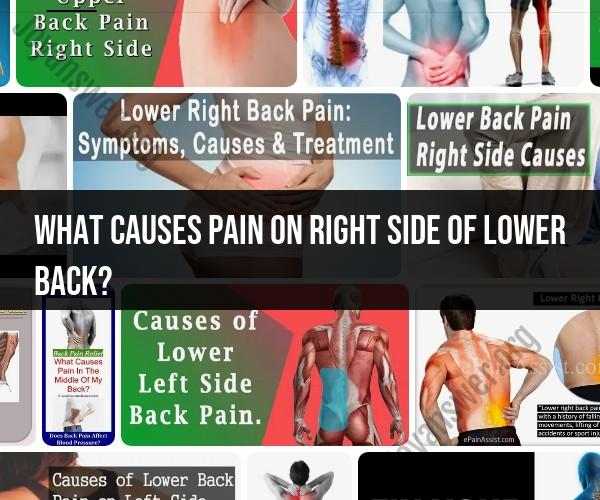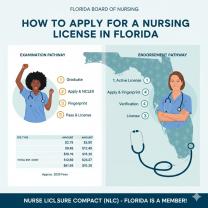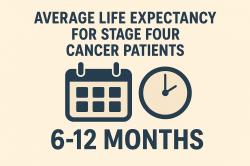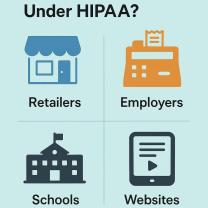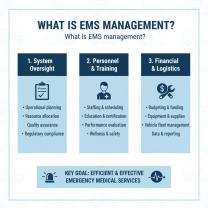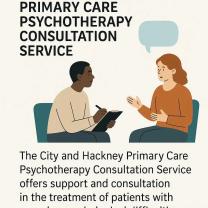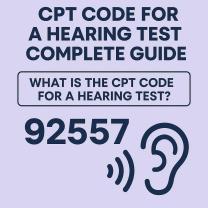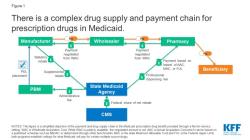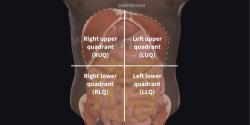What causes pain on right side of lower back?
Pain on the right side of the lower back can stem from many possible causes, ranging from muscle strain to problems with internal organs. The exact cause often depends on whether the pain is musculoskeletal (bones, muscles, joints, nerves) or referred pain from another part of the body.
1. Musculoskeletal Causes
These are the most common and often result from injury, posture, or overuse:
Muscle strain or ligament sprain – lifting heavy objects, sudden twisting, or overuse can damage muscles/ligaments.
Poor posture – prolonged sitting or standing in awkward positions.
Herniated or bulging disc – pressure on spinal nerves can cause one-sided lower back pain.
Facet joint dysfunction – inflammation or arthritis in the joints connecting vertebrae.
Spinal stenosis – narrowing of the spinal canal compressing nerves.
Sacroiliac (SI) joint dysfunction – irritation in the joint linking the spine to the pelvis.
2. Nerve-Related Causes
Sciatica – compression or irritation of the sciatic nerve, often radiating pain down one leg.
Pinched nerve – from bone spurs, disc issues, or swelling.
3. Organ-Related (Referred) Pain
Pain on the right side of the lower back can sometimes come from internal organs on or near that side:
Kidney problems
Kidney stones
Kidney infection (pyelonephritis)
Liver or gallbladder conditions (gallstones, inflammation) – sometimes pain radiates to the right back.
Appendicitis – if the appendix is inflamed and pain radiates to the back.
Right ovary issues (in females) – ovarian cysts, torsion, or endometriosis.
4. Other Possible Causes
Infections – such as shingles (before rash appears).
Inflammatory conditions – like ankylosing spondylitis.
Cancer or tumors – rare, but possible if pain is persistent and unexplained.
When to See a Doctor Immediately
Seek urgent care if you have:
Fever, chills, or unexplained weight loss
Blood in urine or painful urination
Numbness, weakness, or loss of bladder/bowel control
Severe pain after trauma
Pain that doesn’t improve with rest
What Causes Pain on the Right Side of the Lower Back?
Pain on the right side of the lower back can stem from a variety of sources, ranging from minor muscular issues to more serious underlying conditions.
Common mechanical causes include:
Muscle sprains and strains: Often caused by heavy lifting, sudden movements, or overexertion.
Spinal issues: Conditions such as a herniated disc, degenerative disc disease, or spinal stenosis can cause pain by putting pressure on nerves.
Sacroiliac joint dysfunction: The sacroiliac joint connects the spine to the pelvis, and inflammation or dysfunction can cause one-sided lower back pain.
Referred pain from organs on the right side of the body can also manifest as lower back pain.
What Are Common Medical Conditions Linked to Right Lower Back Pain?
A wide range of medical conditions can cause or be associated with pain on the right side of the lower back.
Kidney issues: Kidney stones or a kidney infection (pyelonephritis) can cause sharp, intense pain that may be felt in the lower back and sides.
Appendicitis: Inflammation of the appendix can cause pain that begins around the navel and then shifts to the lower right abdomen, often radiating to the back.
Gallbladder inflammation: While typically felt in the upper right abdomen, pain from the gallbladder can sometimes radiate to the back.
Reproductive issues in women: Conditions like endometriosis, ovarian cysts, or pelvic inflammatory disease can cause pain that is felt in the lower back.
Spinal conditions: Conditions such as degenerative disc disease, arthritis of the spine (osteoarthritis), or a herniated disc can directly cause localized pain in the lower back.
How Is Right Lower Back Pain Diagnosed?
Diagnosing the cause of right lower back pain begins with a thorough medical history and physical examination.
Imaging scans: X-rays can reveal issues with bones, such as arthritis or fractures.
MRI or CT scans can provide more detailed images of soft tissues, nerves, and discs, helping to identify conditions like a herniated disc or spinal stenosis. Blood and urine tests: These tests can help detect signs of infection (such as a kidney infection) or inflammation.
Nerve studies: An electromyography (EMG) can measure the electrical impulses of nerves and muscles to check for nerve compression.
What Treatment Options Are Available for This Pain?
Treatment for right lower back pain depends entirely on the underlying cause.
Rest and activity modification: Avoiding activities that aggravate the pain can help with recovery.
Over-the-counter pain relievers: Medications like ibuprofen or acetaminophen can help manage pain and inflammation.
Heat and cold therapy: Applying ice packs can reduce initial swelling, while heat can help relax tight muscles.
For more complex conditions, a doctor may recommend:
Physical therapy: A physical therapist can provide targeted exercises to strengthen core muscles, improve flexibility, and correct posture.
Prescription medications: Muscle relaxants, stronger pain relievers, or antibiotics for infections may be prescribed.
Injections: Epidural steroid injections can help reduce inflammation and pain around spinal nerves.
Surgery: In rare cases, surgery may be necessary to correct severe spinal issues, remove kidney stones, or address conditions like appendicitis.
When Should You See a Doctor for Lower Back Pain?
While many cases of lower back pain resolve on their own, certain symptoms warrant a prompt visit to a healthcare professional. You should see a doctor if:
Your pain is severe, persistent, or gets worse over time, especially if it doesn't improve with rest.
The pain spreads down one or both legs, particularly below the knee, and is accompanied by weakness, numbness, or tingling.
You experience loss of bladder or bowel control.
This can be a sign of a serious condition called cauda equina syndrome. The pain is accompanied by fever, nausea, vomiting, or unexplained weight loss.
These are potential signs of an infection or other systemic illness. The pain began after a fall, accident, or other significant injury.
